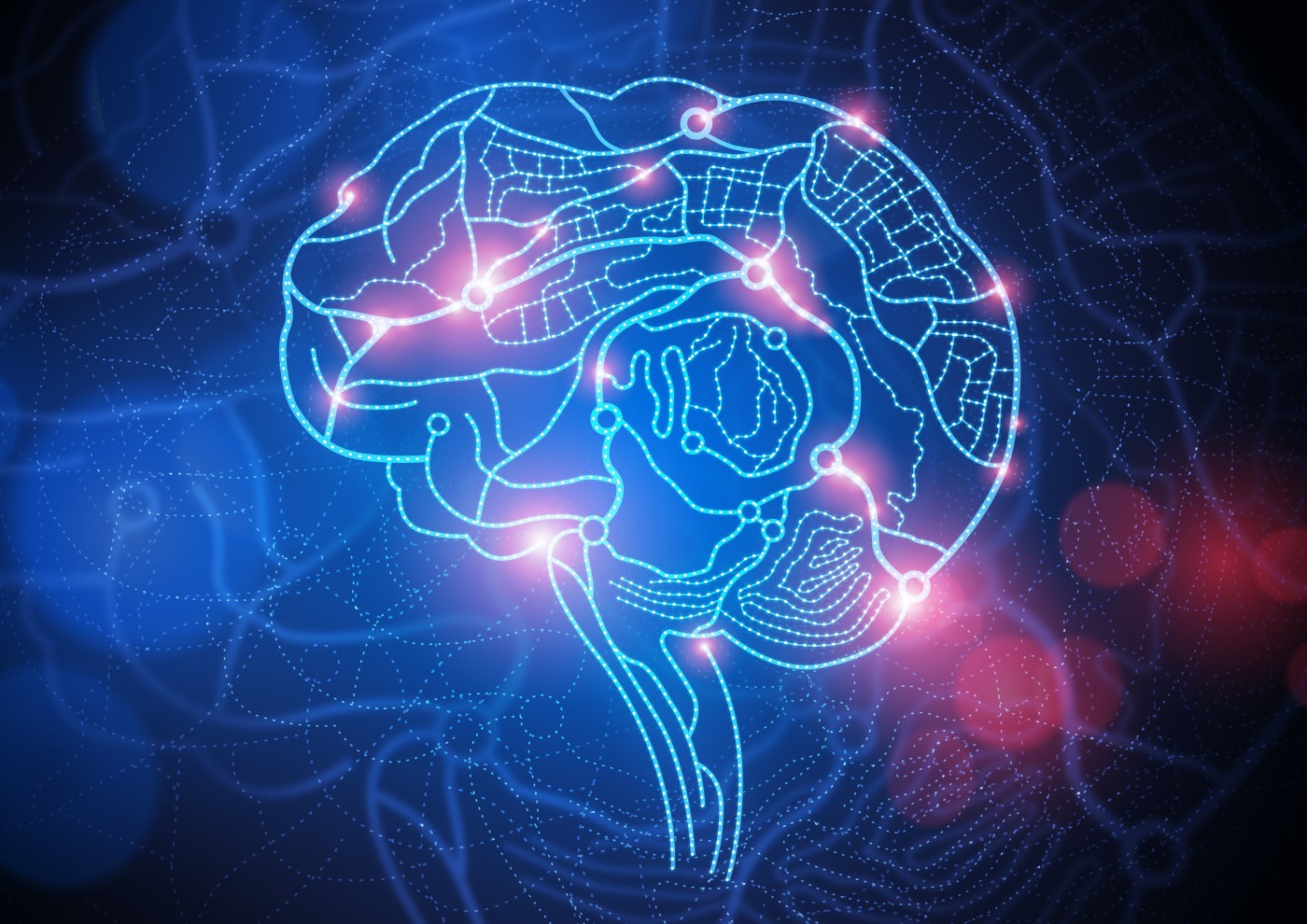Alzheimer’s Onset and Progression May Be Linked to Subclinical Epileptic Activity

Epileptic activity appear to be more frequent in patients with Alzheimer’s disease than in healthy individuals and may be linked to disease progression, according to a recent study.
These findings, previously seen in animals, suggest that increased neuronal excitability, a feature of epilepsy, may also contribute to the onset and progression of Alzheimer’s disease.
Of the study’s patients, as many as 42.4 percent presented subclinical epileptiform spikes, especially during sleep.
The study, “Incidence And Impact Of Subclinical Epileptiform Activity In Alzheimer’s Disease,” was published in the journal Annals of Neurology.
The exchange of electrical signals in the brain is the basis of neuronal communication and activity. But in epileptic seizures, these signals are propagated in an exaggerated and uncontrolled way, impairing proper brain function.
It has been suggested that seizures are more frequent in Alzheimer’s patients, but the incidence and consequences of epileptiform activity in Alzheimer’s were still unclear.
The study included 33 patients with a mean age of 62 who had early Alzheimer’s disease but no history of epileptic seizures, and 19 age-matched healthy individuals, or controls.
Researchers used a highly sensitive and noninvasive method composed of overnight long-term video-electroencephalography (EEG) and a one-hour resting magnetoencephalography exam with simultaneous EEG to analyze brain rhythms and detect subclinical seizure activity. Patients were also evaluated with clinical and cognitive measures during a follow-up period of more than three years.
The analysis indicated that 42.4 percent of the Alzheimer’s patients had subclinical epileptiform activity, compared to 10.5 percent in the control group. Although at the time of the study, participants were not clinically different in terms of epileptic activity, those with subclinical epileptiform activity had faster declines in global cognition and in executive function.
Also, most epileptiform discharges (90.1 percent) occurred during sleep. In fact, in the subgroup of Alzheimer’s patients who had epileptiform activity (14 patients), nine had spikes only while sleeping.
Further analyses showed that parameters such as APOE4 genetics (a known genetic risk for Alzheimer’s), age, duration of disease symptoms, atypical presentations, history of mild head trauma or myoclonus, clinical fluctuations, blood prolactin levels, or concomitant medications did not influence the occurrence of seizures. However, younger patients tended to have more epileptiform activity.
“Patients with this indicator of network hyperexcitability are at risk for accelerated cognitive decline and might benefit from antiepileptic therapies,” researchers wrote. “These data call for more sensitive and comprehensive neurophysiological assessments in [Alzheimer’s] patient evaluations and impending clinical trials.”
Previous studies by other research groups had detected epileptiform activity in the brains of mice with Alzheimer’s disease.
“When we first published, Alzheimer’s neurologists would sometimes say to me, ‘None of my patients have seizures,’” Jeffrey Noebels, author of the first of those studies to be published, said in a news story by Neurology Today. “But how could they know? Seizures limited to the hippocampus are not obvious, require longer term monitoring, and are not usually even visible in a routine scalp EEG.”
Noebels has also explained that neuronal hyperexcitability increases the release of beta-amyloid, the protein associated with Alzheimer’s pathology, speeding up neuronal death and cognitive decline.
There is still some debate as to whether the discharges are the cause of cognitive loss and whether antiepileptic drugs can safely suppress them. To answer this question, the new study’s team has started a Phase 1 trial investigating the effect of a low dose of the antiepileptic drug levetiracetam in reducing epileptiform activity and improving functioning in Alzheimer’s.
“The question is what level of activity suppression is going to benefit patients without harming them,” said Keith Vossel, MD, and the study’s first author. “If people are sleepy, if you induce strong suppression of brain activity, you can put them into a state in which they’re not engaged with the world.
“Fortunately, seizures in [Alzheimer’s disease] are often treatable with low doses of anti-seizure drugs that do not affect alertness, and the same may be true for treating more silent forms of network hyperexcitability,” he said.
The trial is expected to enroll 36 patients with early Alzheimer’s who will receive levetiracetam (125 mg twice daily) for three months. Patients will receive the treatment or a placebo for one month and then stop for another month, and then receive the opposite of their initial treatment.
“We’re nearly halfway through,” Vossel said. “We’re including people without epileptiform activity to see if they might also respond to the drug.”
A Phase 3 trial at Johns Hopkins is also ongoing to evaluate the effect of the same dose of levetiracetam in patients over time.






